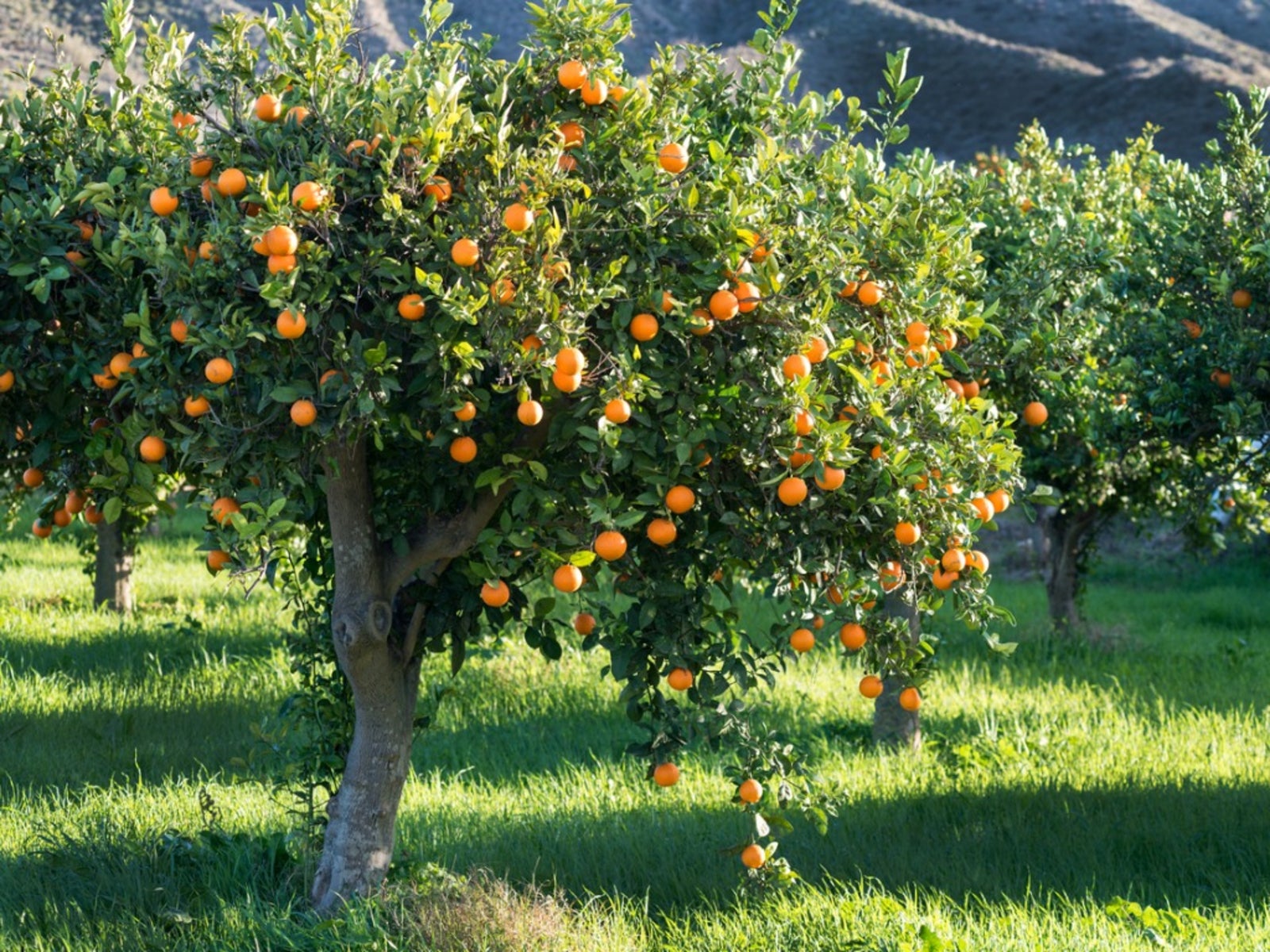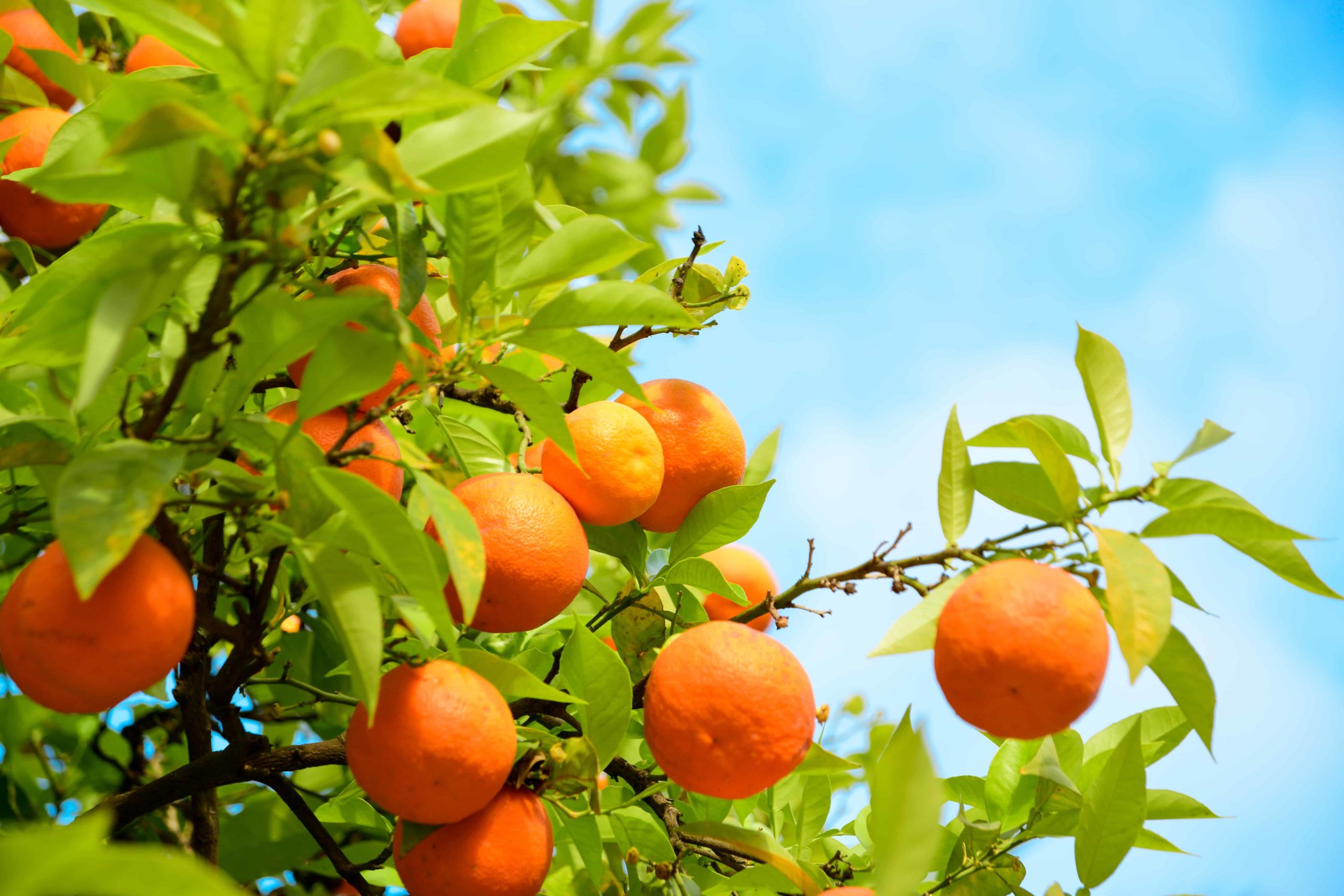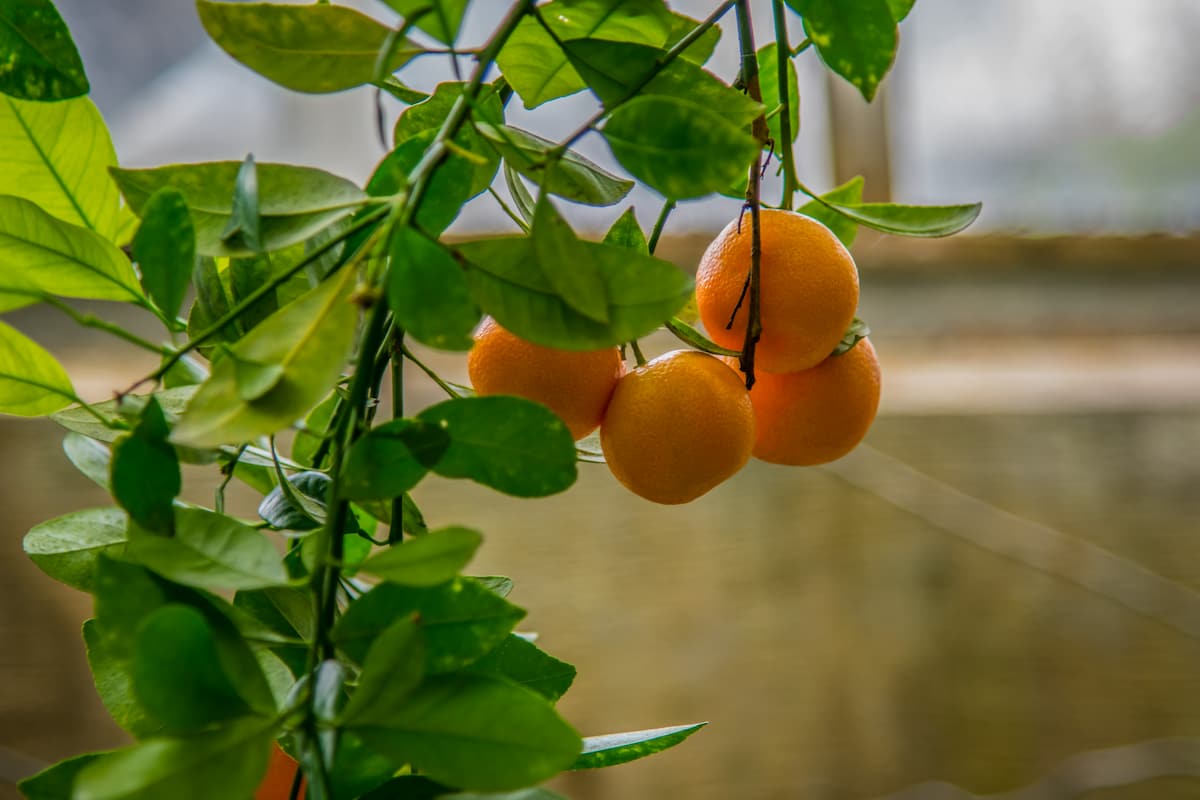Orange Growing Seasons Across Australia
Oranges in Australia are primarily grown in the states of New South Wales, Queensland, and Western Australia, where the climate and soil conditions are ideal for citrus production. Due to the vastness of the country and its diverse climate zones, orange growing seasons vary significantly across regions. This regional diversity ensures a steady supply of fresh oranges in local markets throughout the year, with different varieties available during specific seasons.
Understanding the Orange Growth Cycle
The orange growth cycle, from flowering to maturation, plays a crucial role in determining the seasons when oranges grow in Australia. The cycle begins with the blooming of fragrant white flowers, typically in spring or early summer, depending on the region. After successful pollination, these flowers develop into small, green oranges. Over the course of several months, the oranges grow in size, gradually changing color from green to orange as they accumulate sugars and other compounds that contribute to their taste and nutritional value.
The maturation process varies among orange varieties, with some taking longer to ripen than others. For instance, Navel oranges, popular for their sweet flavor and easy-to-peel skin, typically reach maturity in winter, while Valencia oranges, known for their juiciness, are usually harvested in late winter and early spring. By understanding the growth cycle of oranges, it becomes clearer why specific varieties are available during particular seasons in Australia.
Climate Conditions for Optimal Orange Growth
Orange trees thrive in subtropical and Mediterranean climates, making Australia an ideal location for growing a variety of citrus fruits. To achieve optimal growth, oranges require specific climate conditions, including temperature, rainfall, and sunlight. Understanding these factors helps explain the seasonal variations in orange production across different regions in Australia.
Orange trees prefer warm temperatures, typically between 13°C (55°F) and 30°C (86°F). Prolonged exposure to temperatures below 7°C (45°F) can damage the trees and affect fruit production. Rainfall is another essential factor, with orange trees generally needing around 750 to 1,500 mm (30 to 60 inches) of rain per year. Areas with well-distributed rainfall throughout the growing season are more suitable for orange cultivation. Lastly, oranges require full sun exposure for at least six hours per day to promote healthy growth and development.
These climate conditions, in combination with the regional diversity across Australia, contribute to the varying orange growing seasons and the availability of fresh oranges in local markets throughout the year.
Popular Orange Varieties and Their Growing Seasons
Australia is home to several popular orange varieties, each with unique characteristics and growing seasons. Here are some of the most widely cultivated and enjoyed oranges in the country:
Navel Oranges
Navel oranges are known for their sweet flavor, easy-to-peel skin, and seedless flesh. They are primarily grown in the states of New South Wales, Queensland, and Victoria. Navel oranges reach maturity in winter, typically from June to August, making them a beloved seasonal fruit during these months.
Valencia Oranges
Valencia oranges are prized for their juiciness and high vitamin C content. They are typically harvested in late winter and early spring, from August to October, ensuring a steady supply of fresh oranges as other varieties go out of season.
Blood Oranges
Blood oranges are characterized by their deep red flesh and unique raspberry-like flavor. They are primarily grown in Western Australia and reach maturity in late winter and early spring, from August to October. Blood oranges are a visually striking and delicious addition to any seasonal fruit platter or recipe.
Harvest Times and Availability in Local Markets
Knowing when and where to find fresh oranges in local markets is essential for enjoying the full flavor and nutritional benefits of this versatile fruit. Due to the regional diversity in climate and harvest times across Australia, consumers can find fresh oranges in local markets throughout the year.
During the winter months, from June to August, Navel oranges are primarily harvested in New South Wales, Queensland, and Victoria. These oranges are perfect for eating fresh, adding to fruit salads, or using in winter recipes. As Navel oranges go out of season, Valencia oranges start to appear in local markets, typically from August to October. Their juiciness and high vitamin C content make them an excellent choice for fresh juice or cooking.
Blood oranges, with their unique raspberry-like flavor, are primarily harvested in Western Australia from August to October. These vibrant oranges are ideal for adding visual appeal and a burst of flavor to salads, desserts, and cocktails. By understanding the harvest times and availability of different orange varieties, consumers can make informed decisions about their fruit choices and support local producers in season.
Maximizing Flavor and Nutritional Value
Selecting, storing, and preparing oranges correctly can significantly enhance their flavor and nutritional benefits. Here are some tips for making the most of this delicious fruit, depending on the season:
- Selecting: Choose oranges that feel heavy for their size, as this indicates a higher juice content. The skin should be smooth and firm, with a consistent color for the variety. Avoid oranges with visible bruises, blemishes, or mold.
- Storing: Store oranges at room temperature to preserve their flavor and juiciness. If you need to store them for an extended period, keep them in the crisper drawer of your refrigerator, where they can last for up to two weeks.
- Preparing: Before eating or juicing an orange, bring it to room temperature, as this enhances its flavor and juiciness. To get the most juice out of an orange, roll it on a hard surface while applying gentle pressure or warm it slightly in a bowl of warm water for a few minutes.
By following these tips, you can ensure that your oranges offer the best possible flavor and nutritional benefits, no matter the season.
Seasonal Recipes Featuring Oranges
Oranges are a versatile ingredient that can add a burst of flavor and nutrition to various dishes. Here are some seasonal recipes that showcase the unique qualities of fresh oranges, depending on the time of year:
Winter Recipe: Citrus and Pomegranate Salad
This refreshing salad features the juicy sweetness of Navel oranges, combined with vibrant pomegranate seeds and a tangy dressing. It’s a perfect side dish for winter gatherings and a great way to enjoy the flavors of fresh, in-season oranges.
Spring Recipe: Blood Orange and Fennel Salad
Celebrate the arrival of spring with this elegant salad, featuring thinly sliced Blood oranges and fennel, topped with a light vinaigrette. The striking color and unique flavor of Blood oranges make this dish a visual and taste sensation.
Summer Recipe: Fresh Orange and Mango Sorbet
Beat the summer heat with this refreshing sorbet, made with ripe mangoes and juicy Valencia oranges. Simply blend the ingredients and freeze for a cooling treat that’s both healthy and delicious.
Autumn Recipe: Orange and Almond Cake
As the weather starts to cool, indulge in this moist and flavorful cake, made with grated Navel oranges and ground almonds. Serve it with a dollop of whipped cream or a scoop of vanilla ice cream for a delightful autumn dessert.
Supporting Local Producers and Seasonal Eating
By choosing to consume oranges during their peak growing seasons, you not only enjoy the freshest and most flavorful fruit but also support local producers and contribute to a more sustainable food system. Here are some reasons to embrace seasonal eating and local sourcing:
- Freshness: Fruits and vegetables harvested at the peak of their season are more likely to be fresh, juicy, and packed with nutrients. Consuming locally grown produce reduces the time between harvest and consumption, ensuring optimal freshness and flavor.
- Environmental Benefits: Seasonal eating and local sourcing help reduce the carbon footprint associated with long-distance transportation and storage. By purchasing oranges from local growers, you support environmentally friendly practices and contribute to a more sustainable food system.
- Economic Benefits: Supporting local producers and farmers’ markets keeps money within the community, contributing to the local economy and promoting job growth. By choosing locally grown oranges, you help preserve agricultural land and support the livelihoods of local farmers and their families.
- Community Engagement: Engaging with local producers and farmers’ markets allows you to learn more about the food you eat, ask questions, and gain a deeper appreciation for the people and processes involved in bringing oranges from the farm to your table.
By incorporating seasonal oranges into your diet and supporting local producers, you can enjoy a wide range of benefits while contributing to a more sustainable and connected food system.







